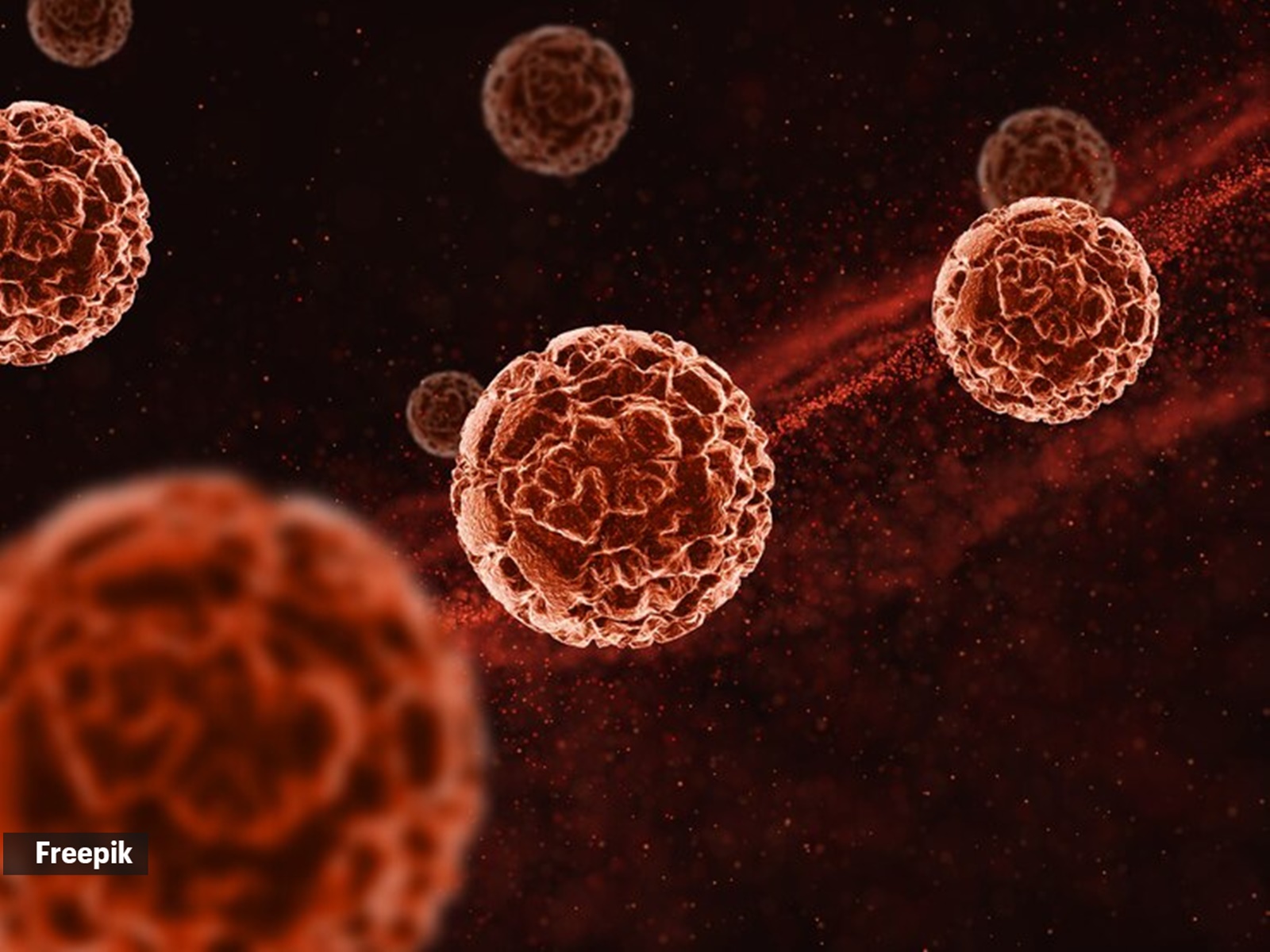According to a press release by NIH, scientists have discovered that it “increases the risk of developing cancerous tumours of the skin, eyes, kidneys and the tissue that lines the chest and abdomen (e.g., the mesothelium).”
It adds, “The condition causes a coloured band (usually white or red) along the length of the nail, along with thickening of the nail underlying the colour change and thickening at the end of the nail. It typically only affects one nail.”
This condition, it states, called BAP1 tumour predisposition syndrome, stems from mutations in the BAP1 gene, which normally helps prevent tumours. During a study at the NIH Clinical Center, scientists noticed nail changes in participants enrolled in genetic screenings, leading them to explore further. This unexpected connection could aid in earlier detection and management of the syndrome, potentially improving outcomes for those affected.
Dr Palleti Siva Karthik Reddy, MBBS MD, General Medicine and consultant physician Bengaluru, explains, “The BAP1 gene, short for BRCA1-associated protein 1, is crucial for controlling cell growth and ensuring DNA remains stable. When this gene mutates, it can lead to BAP1 tumour predisposition syndrome, a genetic condition that increases cancer risk.”
These mutations interfere with the BAP1 protein’s job of fixing DNA damage and managing cell division. As a result, she says that the damaged cells can multiply unchecked, forming tumours. This syndrome raises the likelihood of developing various cancers, such as melanocytic tumours, mesothelioma, and renal cell carcinoma, underscoring the gene’s vital role in preventing cancer.
Significance of the discovery of onychopapilloma as a potential indicator of BAP1 tumor predisposition syndrome
Onychopapillomas are benign nail tumours that may signal BAP1 tumour predisposition syndrome. Dr Reddy agrees that this finding is important because while onychopapillomas are uncommon in the general population, they are more frequent in those with BAP1 mutations.
“Recognising these nail tumours as markers for the syndrome helps improve our understanding and offers a non-invasive early detection method. Spotting these nail changes can alert doctors to a possible genetic cancer risk, allowing for earlier and more personalised care,” she says.
Diagnostic challenges clinicians can encounter when identifying these nail abnormalities
Even though onychopapillomas can indicate BAP1 tumour predisposition syndrome, Dr Reddy adds, they are rare and often overlooked or misdiagnosed, especially if there is no known family history of related cancers. She admits, “Their rarity means doctors might not link these benign nail issues to a significant cancer risk.”
Additionally, onychopapillomas can present subtly, making diagnosis tricky. It’s essential for doctors to consider genetic testing for BAP1 mutations when they encounter onychopapillomas, especially in patients with other risk factors or unusual symptoms.
Benefits of early detection
Early detection of onychopapillomas through nail checks can greatly affect the prognosis and treatment for individuals with BAP1 tumour predisposition syndrome. “Finding these benign tumours early allows for timely genetic testing and cancer monitoring programs. Regular check-ups and early interventions can catch cancers at a more treatable stage, improving outcomes,” says Dr Reddy.
Suggested monitoring includes regular skin exams, imaging for internal cancers, and educating patients on early cancer signs. This proactive approach can improve patient care, lowering the illness and death rates associated with BAP1 tumour predisposition syndrome.
© IE Online Media Services Pvt Ltd
First uploaded on: 21-05-2024 at 12:29 IST












